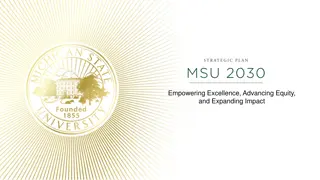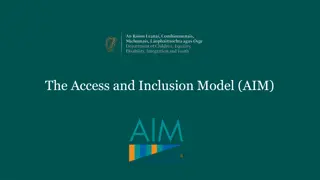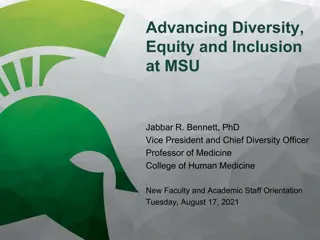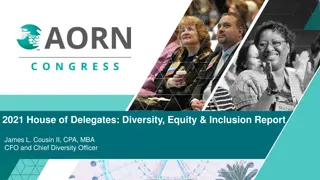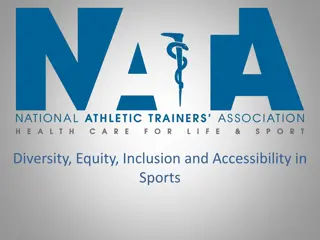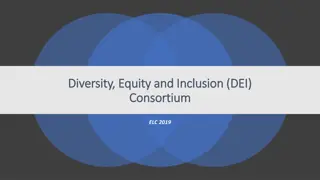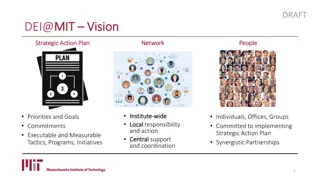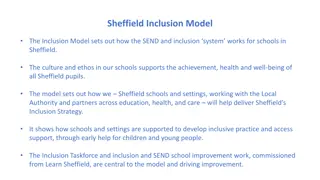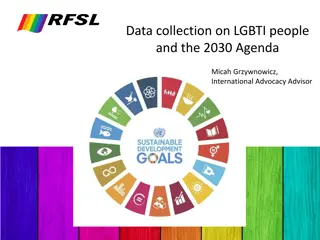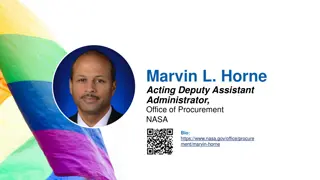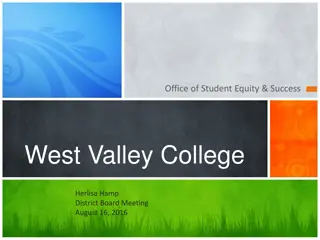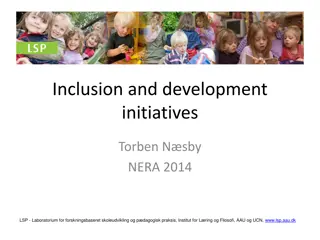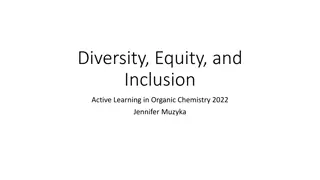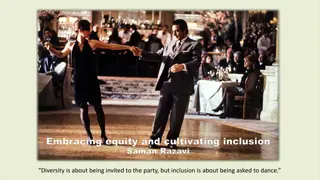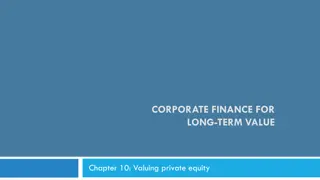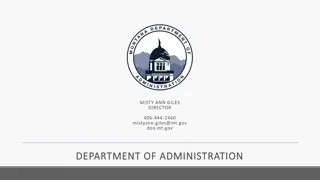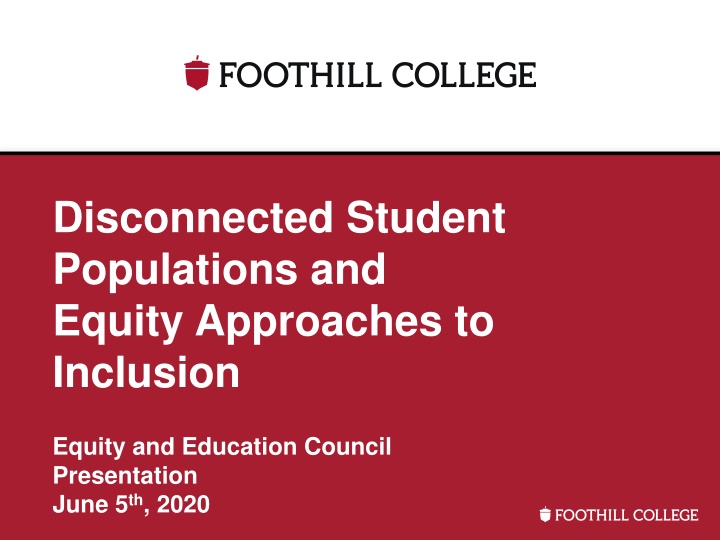
Strategies for Leading with Equity in Education
Explore the importance of leading from an equity perspective in education, focusing on vulnerable student populations and challenging underlying assumptions. Learn how to flip assumptions to prioritize students' individual needs and enhance inclusivity.
Download Presentation

Please find below an Image/Link to download the presentation.
The content on the website is provided AS IS for your information and personal use only. It may not be sold, licensed, or shared on other websites without obtaining consent from the author. If you encounter any issues during the download, it is possible that the publisher has removed the file from their server.
You are allowed to download the files provided on this website for personal or commercial use, subject to the condition that they are used lawfully. All files are the property of their respective owners.
The content on the website is provided AS IS for your information and personal use only. It may not be sold, licensed, or shared on other websites without obtaining consent from the author.
E N D
Presentation Transcript
Disconnected Student Populations and Equity Approaches to Inclusion Equity and Education Council Presentation June 5th, 2020
How would we operate differently if we lead from an equity perspective?
1. Who are the students were touching? and of them, who are the most vulnerable? Undocumented DRC ESL Black/Afro Americans, Latinx, PI/Pacifika Primary caretakers Veterans Foster Youth Homeless Low-income
2. What do we know about the community? Cultural factors Social challenges Educational challenges Myths and misunderstandings Successes If we aren t certain, we need to ask!
3. What are FHs underlying assumptions about its students? What is the default setting the college operates from? Values, identities, and abilities revealed in this process will tell a lot about the type of student(s) whose needs are prioritized by the institution Frame the assumptions from the college perspective, but within the context of the issue, community and its challenge(s)
3. What are FHs underlying assumptions about its students? In practice Issue: Providing tutoring services to students, leading with equity approach Community: Students with disabilities Challenge: Some students with disabilities require different academic resources/tools, and the quantity of that need is greater Assumption: Foothill assumes that student related needs (like academic resources and tools) and the quantity of that need, are relatively the same for all students (i.e. Students don t need more than what s fair for all)
4. Flip the assumption to lead with equity. In practice Assumption: Foothill assumes that student related needs (like academic resources and tools) and the quantity of that need, VARIES for all students. FOOTHILL ENDEAVORS TO MEET ALL STUDENTS NEEDS, PARTICULARILY ENSURING THAT STUDENTS WITH GREATER NEEDS RECEIVE THEM. What would you do differently? What actions would change?
Outreaching to Students We Dont Reach About Virtual Ed Info & Resources You try it. 1. Identify vulnerable population(s) 2. Identify the community s needs/challenges 3. Frame the institutional assumption 4. Flip the institutional assumption What would you do differently? What actions would change?
Outreach/Communication Strategies: Virtual Education Technology Assumptions: Access (majority of our students have access to a computer/laptop, stable internet connection, updated and viable email address Strategies for a Flipped Assumption Majority (95%?) have smart phones so text may be a more effective means of communication
Outreach/Communication Strategies: Virtual Education Technology Assumptions: Our students can navigate our website Website as the best resource for information Email as the best form of communication Strategies for a Flipped Assumption Hotlines, or designated live respondents (via all modalities) for students that need help and/or more time with processing information/instructions, and students who prefer to speak with someone (cont)
Outreach/Communication Strategies: Virtual Education Technology Assumptions: Our students can navigate our website Website as the best resource for information Email as the best form of communication Strategies for a Flipped Assumption Students will interact with Canvas/Banner on a regular basis; use of broadcast tools may be most effective Hard copies of information
Outreach/Communication Strategies: Virtual Education Other Assumptions: Our students primary language is English Our students enjoy all of the same rights/privileges Strategies for a Flipped Assumption Translate communication Language in our communication that affirms and informs student access to info/resources by alleviating concerns around students rights (cont)
Outreach/Communication Strategies: Virtual Education Other Assumptions: Our students can weather rapid and extreme change Strategies for a Flipped Assumption Always including in communication ways for students to access social service resources Checking to make sure language in communication is encouraging, soothing, etc. and not alarmist, or stokes anxiety

